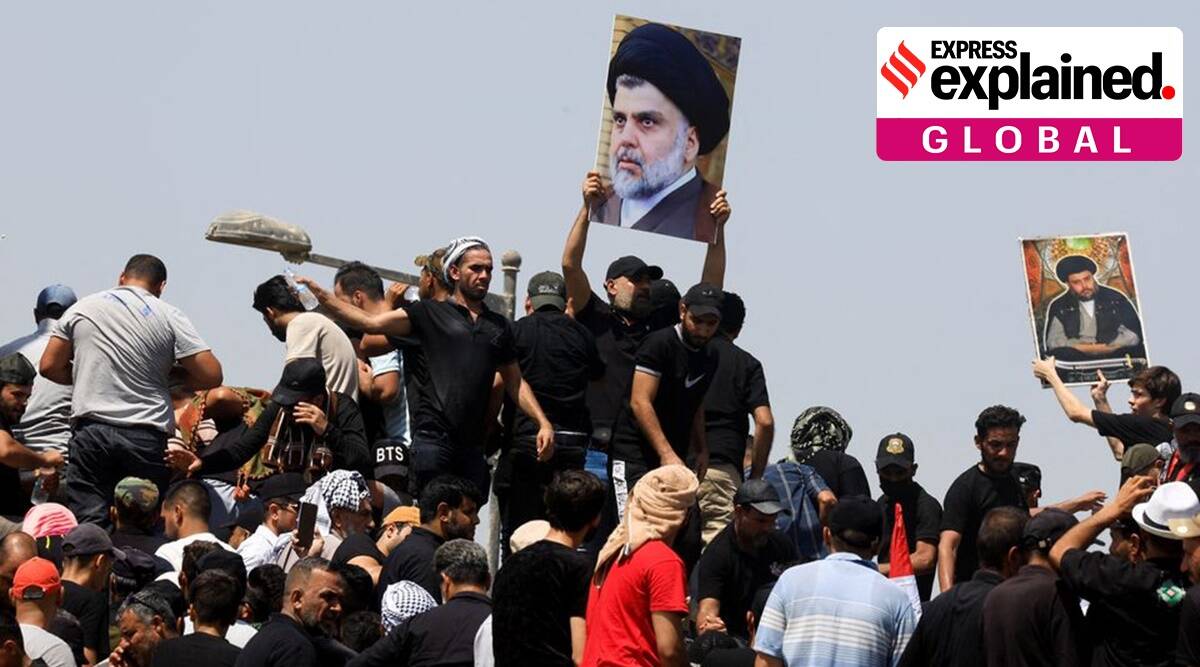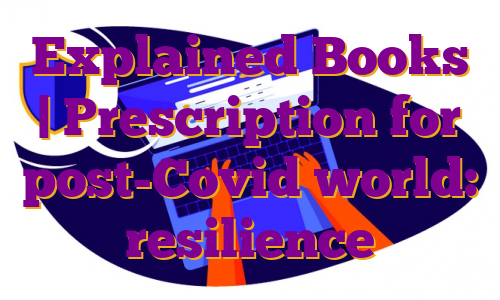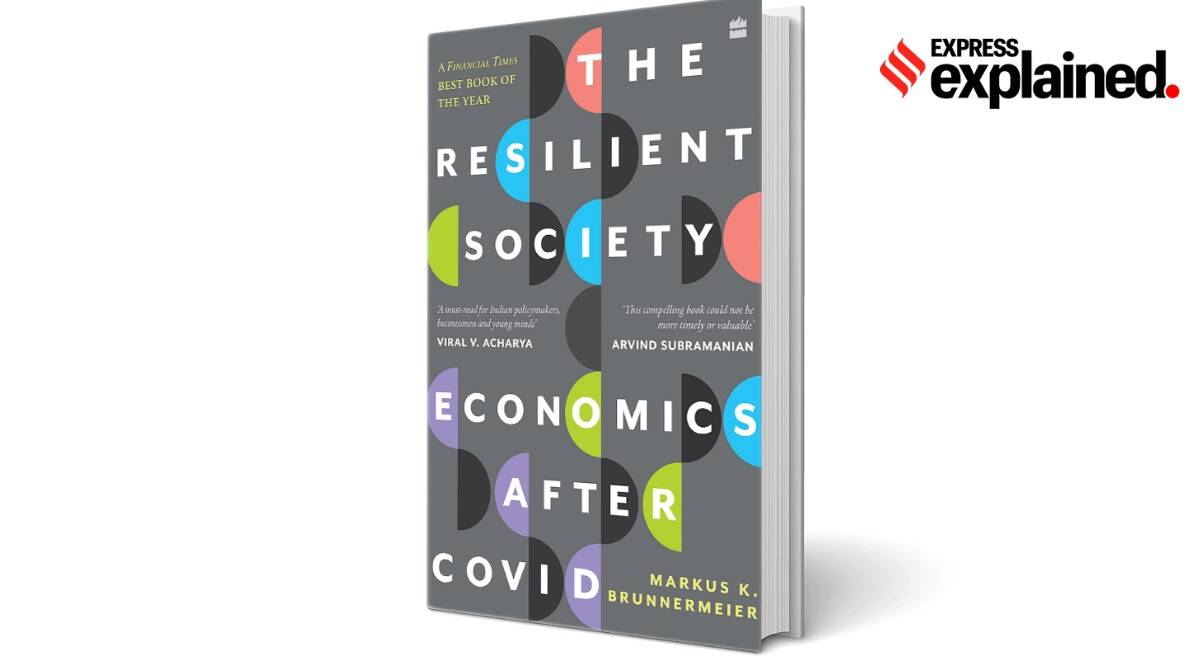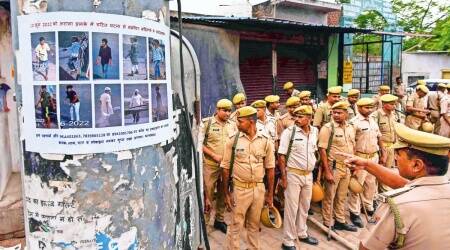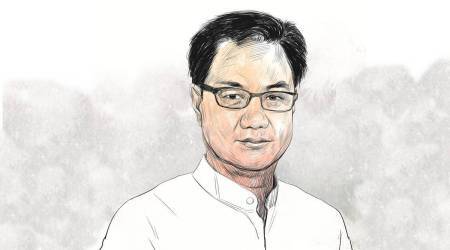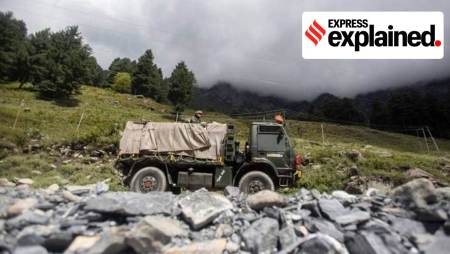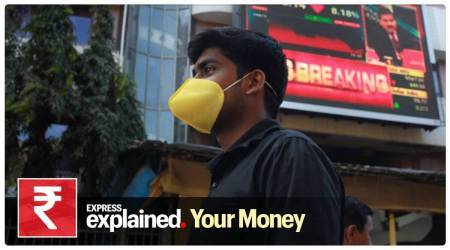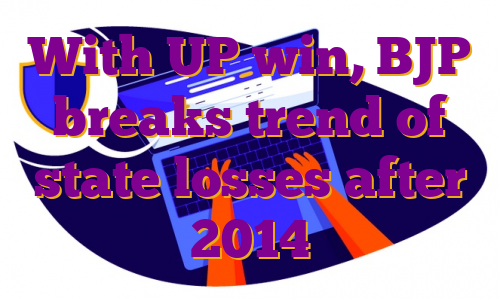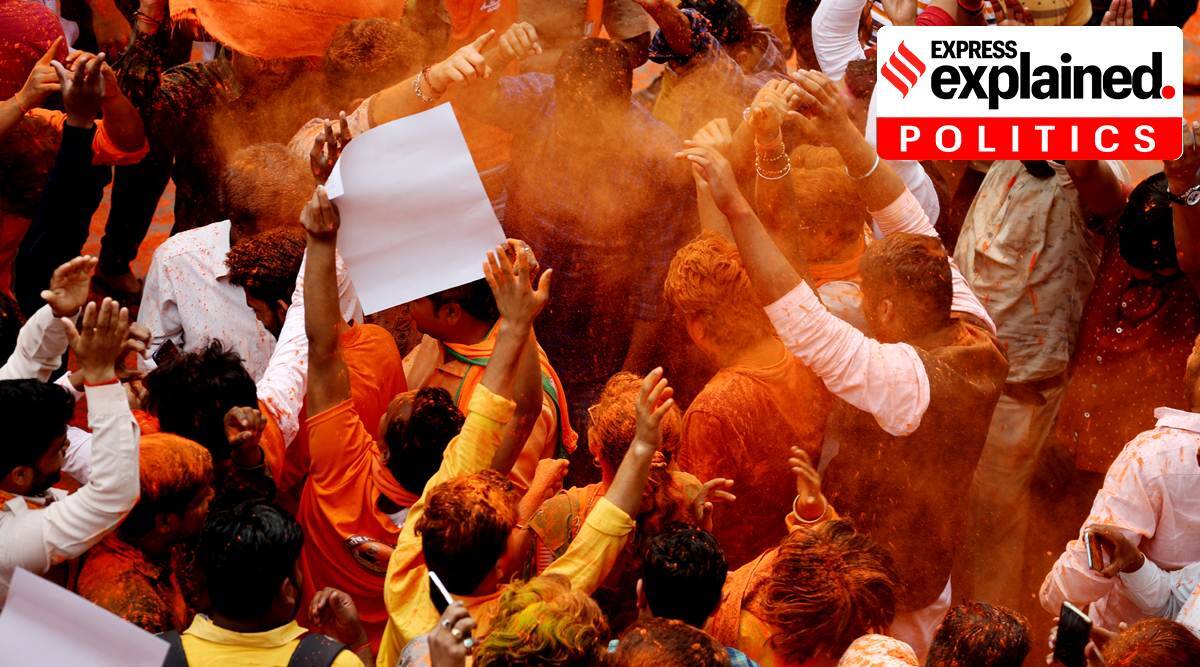Shiite Muslim political and paramilitary groups are escalating a tense political standoff which many Iraqis worry could lead to new conflict in the country.
Iraq’s longest post-election political deadlock has given way to demonstrations on both sides of a Shia divide, led by the mercurial cleric Moqtada al-Sadr on one side and a collection of mostly Iran-aligned groups on the other, known together as the Coordination Framework.
The Sadrist movement
Moqtada Al-Sadr led an armed insurgency against the US occupation of Iraq after American and international troops toppled Sunni Muslim dictator Saddam Hussein. He inherited a mass following of mostly impoverished Shi’ites from his cleric father who opposed Saddam and was killed for it.
Sadr opposes all foreign interference, especially from Iran, and accuses his Shi’ite rivals of corruption.
In addition to his millions of followers, he has a thousands-strong militia and wields enormous power within the Iraqi state, where his loyalists control money and power.
Sadr’s huge number of supporters enable him to act as a spoiler in Iraq’s politics. Supporters of Sadr erected tents and prepared for an open-ended sit-in at Iraq’s parliament on Sunday, fueling instability.
The Coordination Framework
Nouri Al-Maliki
A former prime minister and leader of the Dawa party which dominated successive Iraqi governments after 2003, Nouri Al-Maliki has close ties with Iran, which supported Dawa’s opposition to Saddam during the 1980s Iran-Iraq war. He has links with armed militias, deep state power and is Sadr’s fiercest opponent.
Hadi Al-Amiri
Leader of the Badr Organisation, which started as a Shiite paramilitary group supported by Iran in the 1980s. Badr makes up a big part of the Popular Mobilisation Forces, the heavily armed Iraqi state paramilitary organisation that contains dozens of Iran-backed factions. Amiri is a key leader in the Coordination Framework.
Qais Al-Khazali
The former insurgent who fought as part of Sadr’s Mehdi Army against US troops split off to form his own militia, Asaib Ahl al-Haq, which became a military-political group and holds a number of seats in parliament. Khazali’s group is heavily armed and actively involved in social media groups which distribute the messaging of Iran-backed paramilitary factions.
Haider Al-Abadi and Ammar Al-Hakim
These two moderate Shiite politicians are part of the Coordination Framework, but do not openly support any particular armed factions. Hakim is a cleric whose uncle Ahmed Baqir al-Hakim led the Islamic Supreme Council of Iraq, a party founded in Iran that ran Iraq’s interior ministry after the US invasion.
Abadi, a former prime minister, is a senior leader in the Dawa party who led Iraq to its defeat of the Sunni extremist Islamic State group in 2017.
Kataib Hezbollah
This paramilitary group is one of the elite factions closest to Iran. It fielded a political party for the first time in elections last year, and won several seats in parliament. It is widely accused of being behind many attacks on US military and diplomatic targets in Iraq, but does not openly confirm or deny involvement.
It has no publicly announced leadership structure, but its senior member Abdul Aziz al-Mohammedawi is military chief of the PMF.
Other heavily armed militia include Amiri’s Badr Organisation, Khazali’s Asaib Ahl al-Haq, Sadr’s Peace Brigades, and a number of other groups mostly aligned with Iran.
.


